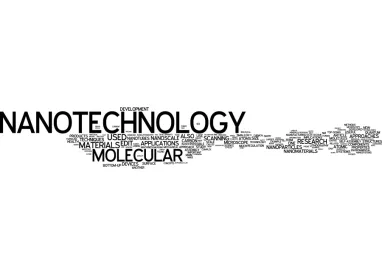The Organization for Economic Cooperation and Development’s (OECD) April 2019 issue of its Chemical Safety and Biosafety Progress Report includes an update on OECD’s work to determine the safety of manufactured nanomaterials. The Report notes that the applicability of OECD Test Guidelines for nanomaterials continues to be a major concern of the work of the Working Party on Manufactured Nanomaterials (WPMN). WPMN agreed to work on three new projects related to testing manufactured nanomaterials and addressing: (1) the determination of concentrations of nanoparticles in biological samples for (eco)toxicity studies; (2) the determination of dissolution rates of nanomaterials in environmental media (dynamic method); and (3) supplementary guidance for the use of Test Guidelines 201, 202, and 203 for the determination of the ecotoxicity of manufactured nanomaterials. Work will continue to complete the compilation of information on biopersistent/biodurable manufactured nanomaterials, as well as on the development of a project proposal to address the toxicokinetics of manufactured nanomaterials. In addition, the WPMN identified a number of issues relevant for the development of all the Test Guidelines for nanomaterials (i.e., updating the Guidance on Sample Preparation and Dosimetry and the section on nanomaterials in the Guidance on Grouping).
The Report states that the objective of WPMN’s work on exposure measurement and exposure mitigation is to exchange information on (or develop) guidance for exposure measurement and mitigation. WPMN is working on three complementary projects: (1) assessing the global readiness of regulatory and non-regulatory models for assessing occupational exposure to manufactured nanomaterials; (2) compilation of available tools and models used for assessing consumer exposure to manufactured nanomaterials; and (3) compilation of available tools and models used for assessing environmental exposure to manufactured nanomaterials. These projects aim to evaluate the performance of available exposure models to estimate nanomaterial exposure for three target population groups: workers, consumers, and the environment. To conduct the evaluations of the models, WPMN “is collecting/generating exposure data in a structured format.” At WPMN’s February 2019 meeting, it discussed ways to structure the exposure data so that they can be collected by existing OECD Harmonized Templates for Reporting Chemical Test Summaries (OHT), as well as potential areas of work to be considered in collaboration with the Working Party on Exposure Assessment.
According to the Report, WPMN continues to implement the project “Moving towards a ‘Safer Innovation Approach’ for more sustainable NMs and nano-enabled products: Overview of existing risk assessment tools and frameworks, and their applicability in industrial settings” led by France, the Netherlands, and Business at OECD (BIAC). The Report states that WPMN expects that the outcomes of this project can further the knowledge to anticipate regulatory challenges posed by innovations, in this case from nanomaterials and nano-enabled products.
The Report lists the upcoming following workshops and meetings regarding nanomaterials:
- September 10-12, 2019, Workshop on Advancing Adverse Outcome Pathways Development for Nanomaterial Risk Assessment and Categorization (NanoAOP);
- December 16-18, 2019, WPMN Roadmap Program of Work (and back-to-back meetings for the projects); and
- June 16-19, 2020, WPMN 20th Meeting.




 />i
/>i

